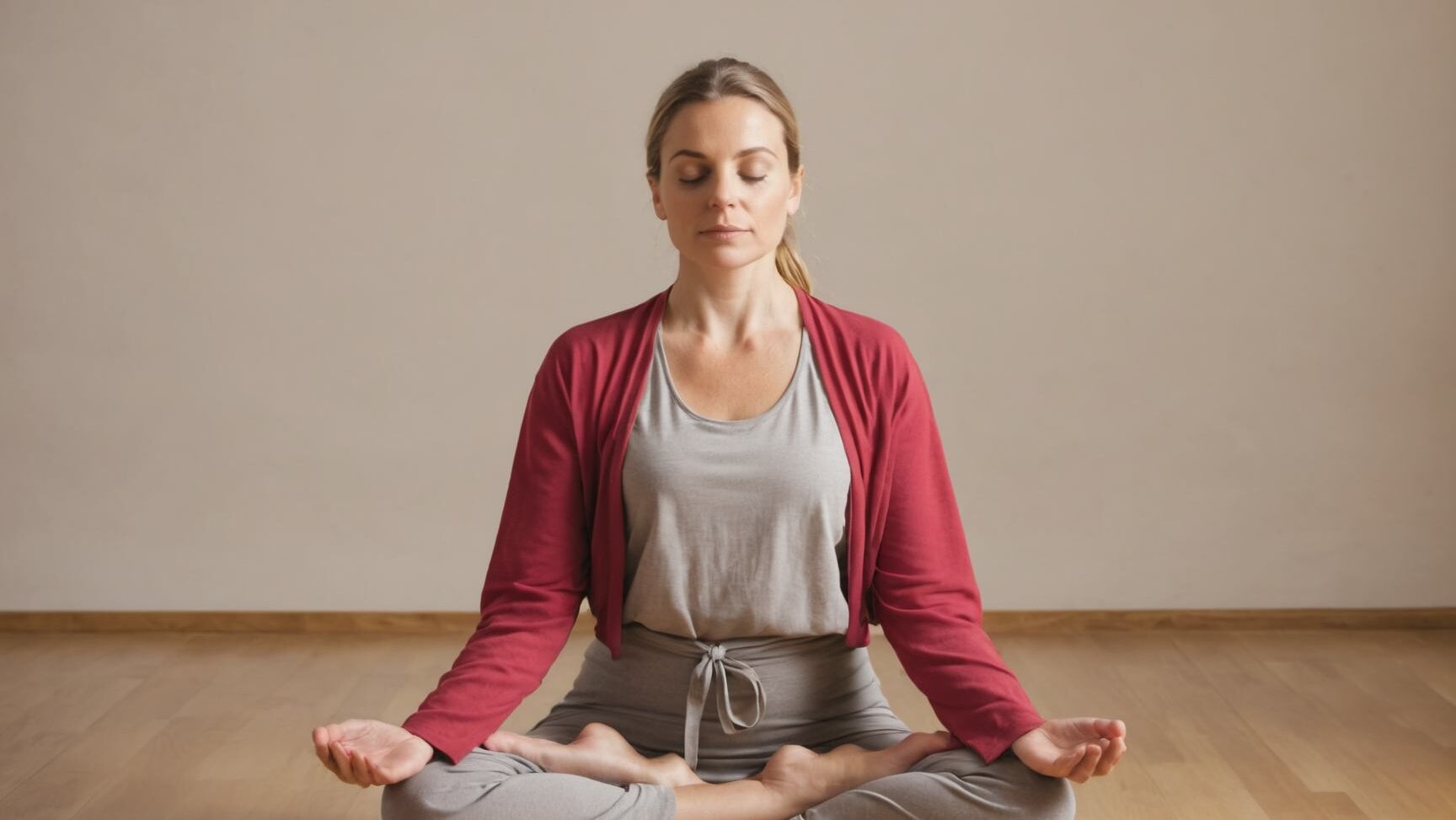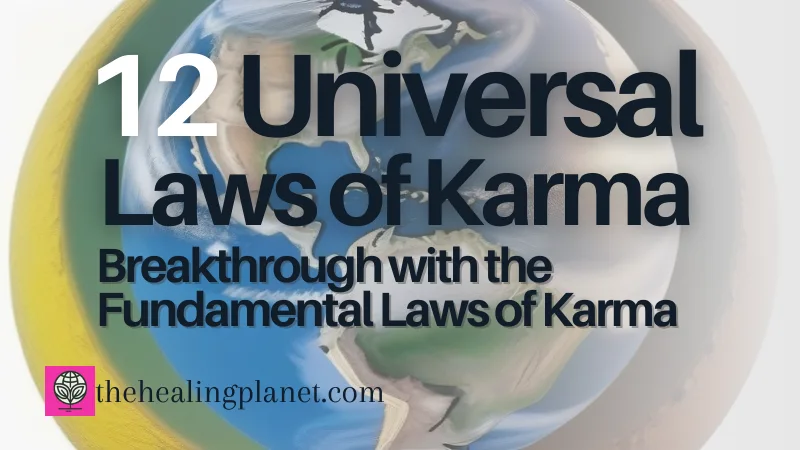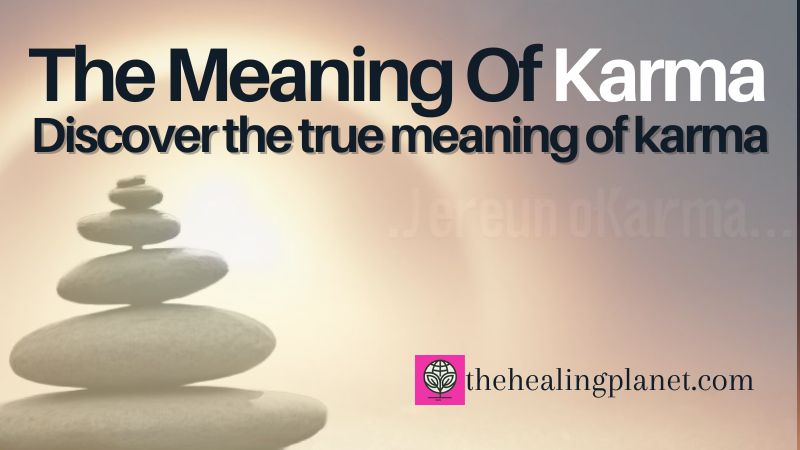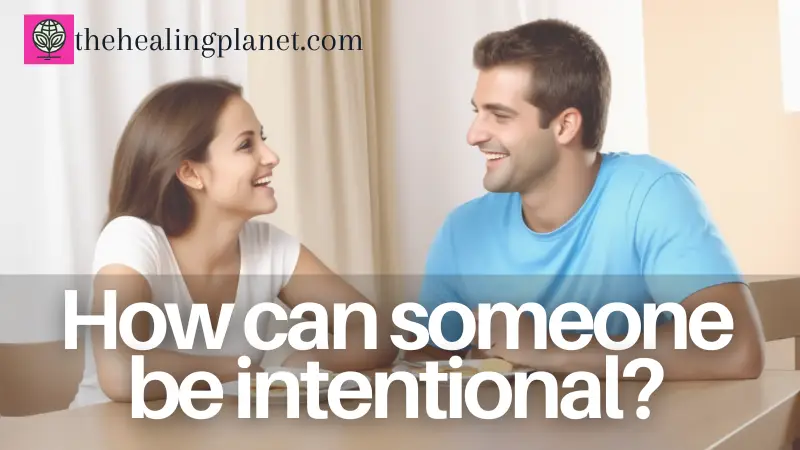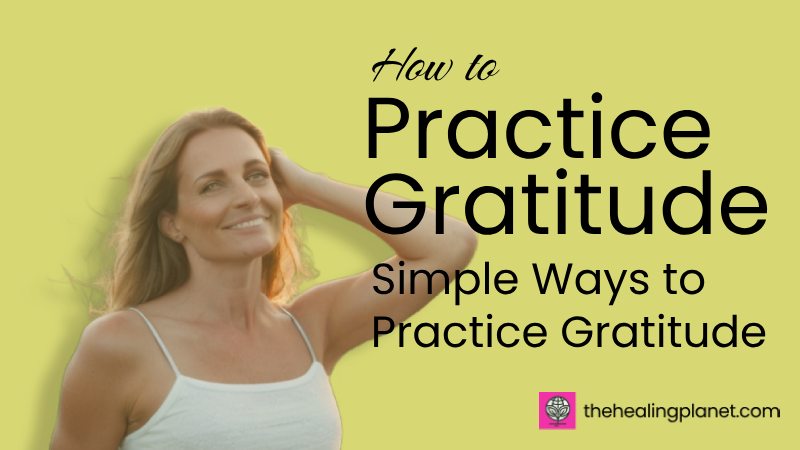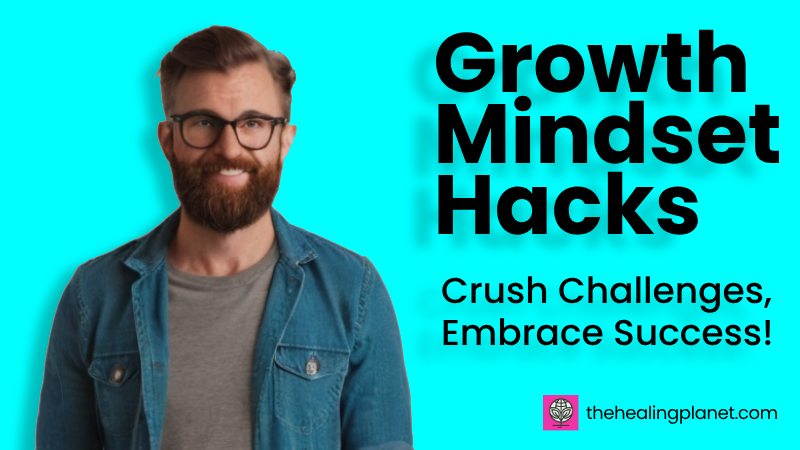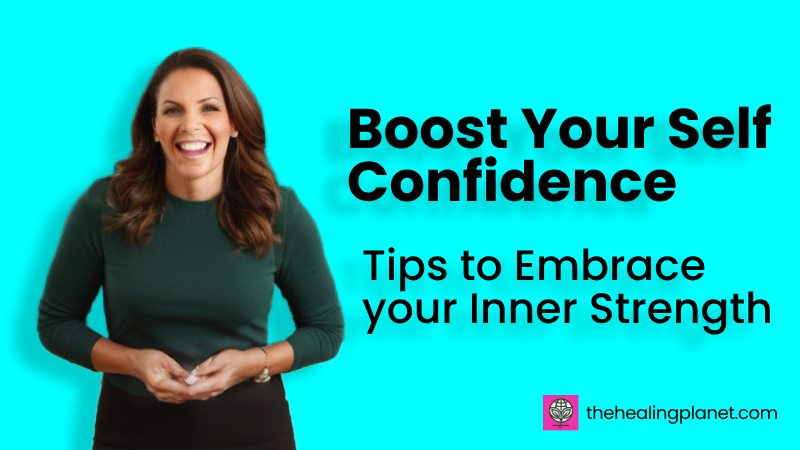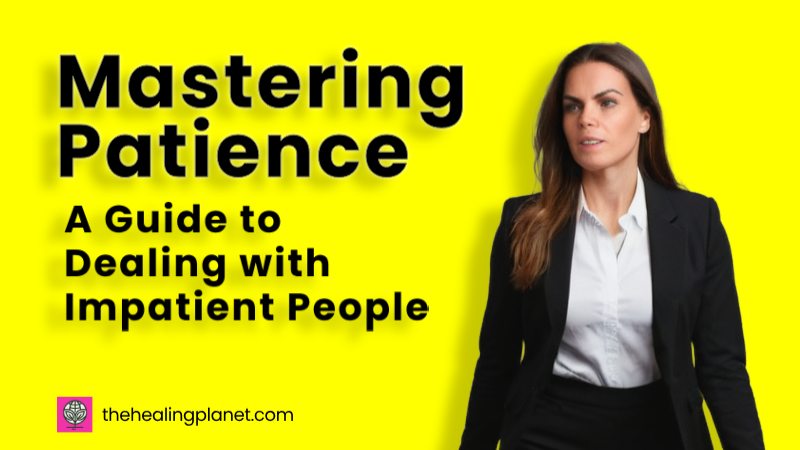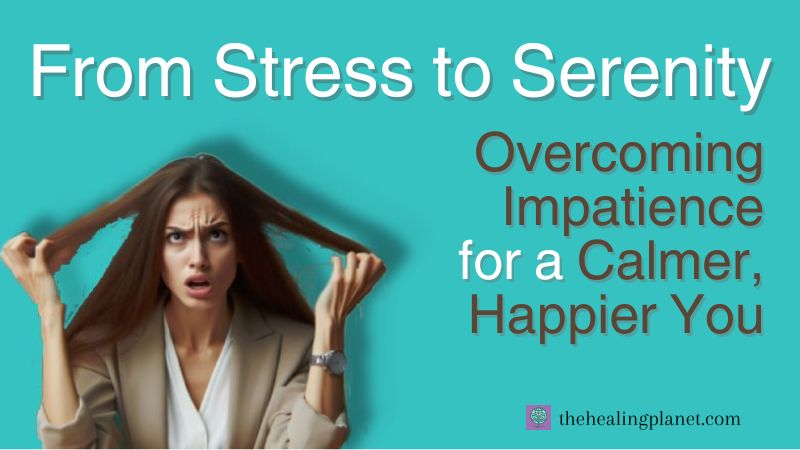Explore our meditation guide to unlock inner calmness and clarity. Elevate your mind-body harmony today.
The hustle and bustle of modern life can often leave us feeling frazzled, stressed, and lost in the chaos. Yet, within each one of us lies a wellspring of tranquility and clarity waiting to be tapped into – an oasis of calm that can be accessed through the art of meditation.
At its core, meditation is a practice where an individual uses a technique – such as mindfulness or focusing their mind on a particular object, thought or activity – to train attention and awareness, thereby achieving a mentally clear and emotionally tranquil state. Despite its mystical reputation, meditation is not about becoming a different person, having an out-of-body experience or even turning off your thoughts. Rather, it’s about training yourself to pay attention in a specific way – on purpose, in the present moment and nonjudgmentally.
The Origins of Meditation
A. The ancient origins of meditation are deeply rooted in Eastern cultures, particularly within Hinduism and Buddhism. It is believed that meditation began more than 5,000 years ago in India as a part of religious rituals and practices.
In Buddhism, meditation is a means to enlightenment and nirvana, while in Hinduism it is used to understand the true nature of god and self.
B. Meditation was introduced to the Western world around the 18th century through various philosophical and religious texts translated from Sanskrit. However, it wasn’t until the mid-20th century that it gained immense popularity, largely due to the transcendental movement led by Maharishi Mahesh Yogi.
Today, it has evolved beyond its spiritual roots into a secular practice used for stress reduction, relaxation, and self-improvement.
C. Science has started acknowledging the benefits of meditation on mental, emotional, and physical health over recent decades.
Numerous studies suggest that regular meditation can reduce stress levels significantly and improve sleep quality. It is also shown to have positive effects on mental health conditions such as anxiety disorders and depression.
On the physical level, it can help lower blood pressure and boost immune function. The regular practice of meditation also correlates with increased happiness due to enhanced emotional well-being.
Preparing for Meditation
Create a serene meditation space
Finding a quiet and comfortable spot is essential to establishing an effective meditation practice. An ideal meditation space should be free from distractions such as noise or clutter. You can choose any place in your home where you feel calm and relaxed, whether it’s your bedroom, living room, or even garden. Make sure the area is clean and has good air circulation. You may also want to personalize your space by adding items that promote tranquility such as candles, soothing artwork, or indoor plants.
Incorporating props
To enhance your comfort level during meditation, you might consider using some props like cushions and mats. A cushion can help improve posture by raising your hips above the knees while seated on the floor. A mat can provide additional support and prevent discomfort caused by hard surfaces.
Other useful tools for meditation include meditation benches for those who find sitting cross-legged uncomfortable, blankets for warmth or added support under knees or ankles, eye pillows to block out light and help focus inwardly, and mala beads to aid in concentration during mantra-based meditations.
How to dress for meditation
What you wear during meditation plays a significant role in how focused and relaxed you are during the session. It’s best to dress in loose, comfortable clothing made of breathable materials like cotton or linen. Avoid tight clothes that might restrict your breathing or circulation.
Your clothing should make you feel at ease but also signal to your mind that it’s time to meditate – similar to how putting on pajamas can signal it’s time for bed. Some people prefer specific outfits or colors for their mediation practices while others simply wear their regular comfy clothes; do what feels right and works best for you.
Types of Meditation Techniques
A. Mindfulness Meditation
Mindfulness meditation is based on the concept of being consciously aware of your own thoughts, feelings, and sensations in the present moment without judgment or reaction. The basic principles involve focusing attention on body sensations, breath, thoughts, and emotions, bringing the mind back whenever it starts to wander.
One way to integrate mindfulness into everyday activities is by practicing mindful eating. This involves eating slowly and really focusing on the taste, texture, smell, and look of the food. Another example would be mindful walking where one pays full attention to each step taken and feeling the ground beneath their feet.
Loving-kindness meditation, also known as Metta meditation, aims at developing feelings of goodwill and kindness towards oneself and others. The purpose is to cultivate an attitude of benevolence and love free from any self-interest or bias.
To practice loving-kindness meditation, sit comfortably with eyes closed and mentally repeat positive phrases towards yourself such as May I be safe. May I be healthy. Gradually extend these well wishes towards loved ones, neutral people in your life, even those you have difficulty with.
C. Transcendental Meditation
Transcendental Meditation (TM) is a technique that involves silently repeating a personal mantra in a specific way. It originated from ancient Indian Vedic tradition but was popularized by Maharishi Mahesh Yogi in the 20th century.
Benefits associated with TM include reduced stress and anxiety levels, improved cognitive function among other potential health benefits. However, one might face challenges like maintaining consistency or dealing with distractions during practice as this requires sitting quietly for 20 minutes twice a day.
Guided Meditation and Resources
Guided meditation is a potent tool for both beginners and experienced meditators alike. For beginners, it provides an easy entry point into the practice of meditation, offering clear instructions and support as they navigate the unfamiliar territory of mindfulness. It helps to eliminate distractions, allowing them to focus solely on their experience.
For experienced meditators, guided meditation can offer a refreshing change, enhance their current practices, and provide new insights or perspectives. It also allows them to explore different meditation styles that they may not have encountered before.
Recommendations for Trusted Guided Meditation Resources
i) Podcasts:
– The Daily Meditation Podcast provides daily tips and weekly themes to help keep your meditation practice fresh.
– Meditative Story combines inspiring stories from the world’s top storytellers with mindfulness prompts.
ii) Apps:
– Headspace: Offers a wide variety of guided meditations on everything from stress to sleep.
– Insight Timer: Hosts one of the largest free libraries of guided meditations.
iii) Websites:
– UCLA Mindful Awareness Research Center: Provides free guided meditations in English and Spanish.
– Tara Brach’s website offers a wide range of mindfulness meditations.
C. Reputable Meditation Teachers or Workshops
If you’re seeking in-depth guidance beyond digital resources, consider learning from reputable meditation teachers or workshops.
i) Teachers:
– Jack Kornfield: A leading mindfulness teacher who offers various online courses.
– Sharon Salzberg: Co-founder of the Insight Meditation Society and author of several books on mindfulness.
ii) Workshops:
– The Art of Living Happiness Program: A workshop that blends ancient yogic practices with modern techniques.
– The Vipassana Meditation Course: A 10-day residential workshop focusing on self-transformation through self-awareness.
Remember that choosing the right resource is a personal journey. What works best for you might be different from what works for someone else. The key is to experiment with different formats and see what resonates with you the most.
Common Challenges in Meditation
Meditation, despite being a calming and healing practice, is not devoid of hurdles. Practitioners often face common challenges that can deter their progress and discourage them from continuing the practice.
However, these challenges are not insurmountable; with the right understanding and practical tips, one can transcend these hurdles to achieve a more profound meditative experience.
A major challenge faced during meditation is restlessness. The mind is naturally inclined to wander off into various thoughts and fantasies.
This restlessness can make it hard to focus and remain steady. A useful tip to overcome this hurdle is by anchoring your attention on your breath or any specific object of meditation like chanting a mantra or visualizing an image. This way, every time your mind wanders off, you can gently bring it back to your anchor.
Distractions are another common obstacle in meditation. These could be external noises or internal thoughts that pull you away from your focus point. To handle distractions effectively, try creating a conducive environment for meditation – choose a quiet spot with minimal interruptions and set a regular time for practice where you’re less likely to be distracted.
Racing thoughts are perhaps the most persistent challenge faced by many meditators. The key here is not to suppress or fight these thoughts but rather observe them without judgment or involvement.
As you witness your thoughts from a distance, they begin losing power over you and gradually fade away.
Consistency plays an integral role in overcoming these challenges in meditation. Like any other skill, meditation improves with regular practice and patience.
It’s vital not only to have consistent daily practice but also persistence in facing hurdles instead of getting discouraged by them.
Cultivating patience is another crucial aspect of successful meditation practice as results may not always be immediate or apparent at first glance.
In the journey of meditation, progress is more about depth than speed. Recognize that each session may bring different experiences and that’s perfectly okay. Be patient with your mind when it wanders and be patient with yourself when progress seems slow.
Overcoming common challenges in meditation is not about achieving a perfect state devoid of hurdles but rather about learning to navigate these challenges skillfully, thereby transforming them into opportunities for growth and deeper insight.
Meditation as a Lifestyle
A. The long-term benefits of sustained meditation practice are manifold and transformative. It makes one more aware, calm, and peaceful.
Meditation is scientifically proven to reduce stress, anxiety, and depression. It enhances emotional health by generating an overall positive outlook towards life. Regular meditation improves attention span, memory power, and mental clarity, thereby leading to better performance in professional and personal endeavors.
Consistent practice can also promote physical wellbeing by lowering blood pressure, improving sleep quality, and boosting the immune system.
B. Integration of meditation into daily routines is not as challenging as it may seem initially.
One can begin by setting aside 10-15 minutes each day for quiet introspection or mindfulness exercises which can be increased gradually over time. Incorporating mini-meditation sessions during short breaks at work or school can help keep the mind centered throughout the day. Practicing mindful eating or walking are other ways of meditating during everyday activities.
C. There are countless real-life success stories that highlight the transformative power of regular meditation.
Consider the example of Tim Ryan, a U.S Congressman who credits his political success to his daily meditation routine which helps him maintain focus and balance in his demanding career path.
Another inspiring story is that of Sara Lazar, a neuroscientist whose personal experiences with yoga and meditation led her to research its effects on brain structure; she found significant improvements in cognitive abilities and emotional well-being among regular practitioners.
Such stories underscore the advantage of adopting meditation as a lifestyle choice rather than an occasional stress-relief tool.
Conclusion
In conclusion, meditation is a powerful tool for personal growth and wellness. The essential takeaways from this guide are that anyone can meditate, it does not require special equipment or locations, and the benefits are numerous and significant. Whether you choose focused attention, loving-kindness, body scan or mindfulness techniques, each of them can provide you with a unique perspective on your internal world.
It’s important to remember that a consistent practice will yield the best results. As such, we highly encourage you to embark on your meditation journey today. Begin by integrating these methods into your daily routine in a way that suits your lifestyle best.
The profound impact of meditation cannot be overstated. It helps you attain inner peace by calming the chaos in your mind- embracing silence instead of noise. This fosters mental clarity, allowing you to make better decisions in life. Moreover, this discipline works wonders for your overall well-being by reducing stress levels and promoting emotional health.
Remember, the path towards self-discovery begins with a single step – in this case, a single breath. So don’t hesitate – start meditating today! Your future self will thank you for it. ey by incorporating the techniques discussed.
